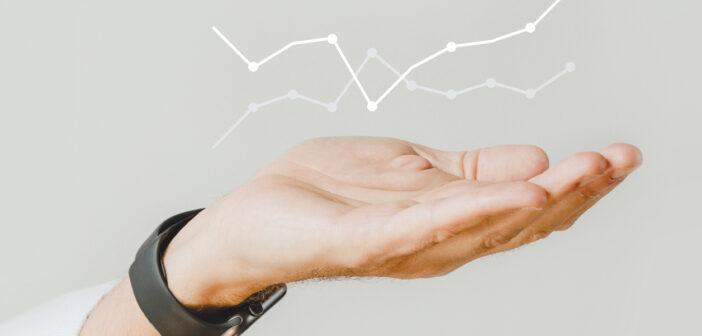On November 30, President Biden posted on X (aka Twitter): “Let me be clear to any corporation that hasn’t brought their prices back down even as inflation has come down: It’s time to stop the price gouging.” This post confuses deflation – or prices falling – with disinflation, a reduction in the rate of inflation.
There is a common misperception that falling inflation means prices are falling; this is not what is happening. Falling inflation simply means prices are rising more slowly than they were before. But prices are still rising.
Inflation is how much higher, on average, the cost of goods and services are compared to the previous year. Inflation, as measured by the consumer price index, peaking at 8.9% in June 2022, meant that consumer prices were on average 8.9% higher than they were in June 2021. Inflation is 3.2%, as of October 2023. This is a decline in the rate of inflation, but this also means that consumer prices in October 2023 were, on average, 3.2% higher than they were in October 2022.
The slowdown in the rate of inflation is called “disinflation,” which is what the Federal Reserve is trying to achieve through raising interest rates. The key point is that prices are still rising, just not as quickly. The Federal Reserve has an inflation target of 2%, meaning the Fed will be satisfied when prices are rising by 2%. When this occurs, the Federal Reserve will stop raising interest rates or perhaps, cut them slightly. I do not see rates falling back to where they were in 2020 or 2021 unless there is a severe recession. When the Federal Reserve hits its inflation target, the price of groceries and other consumer goods will be, on average, 2% higher at the end of the year compared to the beginning of the year. Prices will never fall back to where they were before the pandemic.
Falling prices is called deflation and cannot be achieved without a severe recession. To cause deflation, the Fed would have to crush demand by pulling a massive quantity of money out of circulation and letting interest rates skyrocket. Businesses, seeing their prices and profits falling, would start laying off workers. Unemployment would likewise skyrocket, putting downward pressure on wages. Falling wages would make it difficult for borrowers to repay loans – they would default on those loans, threatening the solvency of the banking system and likely leading to its collapse. The Great Depression coincided with 33% deflation, meaning prices fell by one-third, and one-third of the nation’s banks failed. There would need to be 17% deflation to get prices back to where they were pre-pandemic. This is not going to happen.
This is why inflation is such an insidious problem. Once inflation hits, prices do not fall. Instead, prices just rise more slowly. Any loss of purchasing power is gone forever. The Federal Reserve dropped the ball by letting inflation spike during the pandemic. Let’s hope they learned their lesson.














